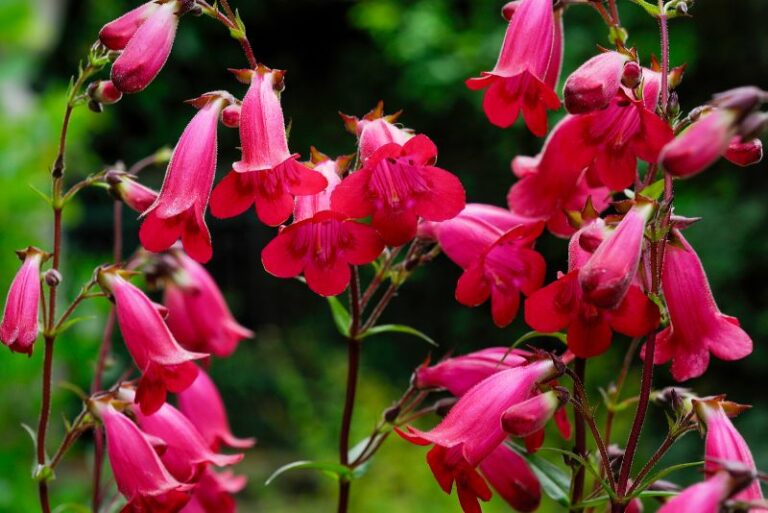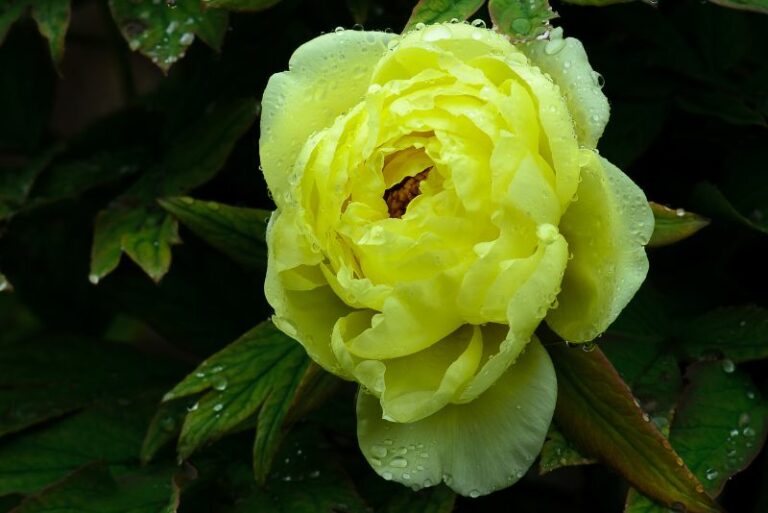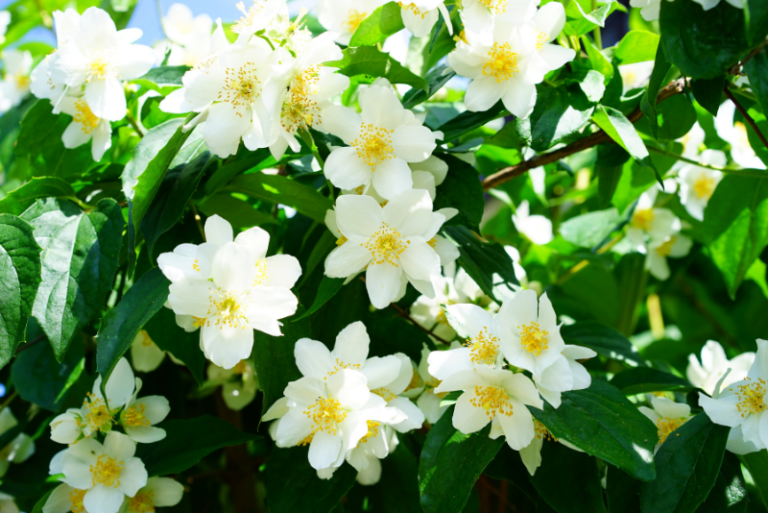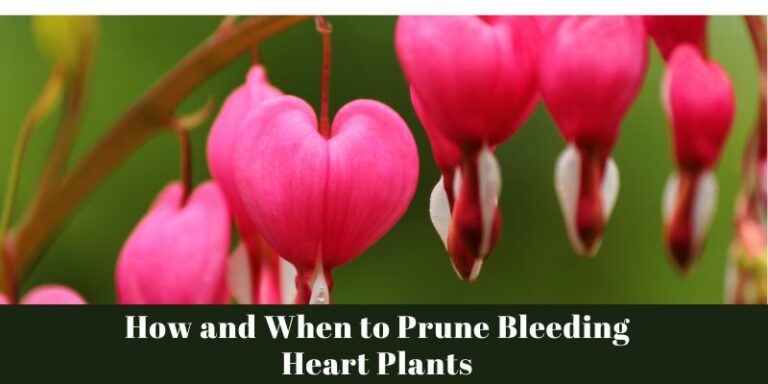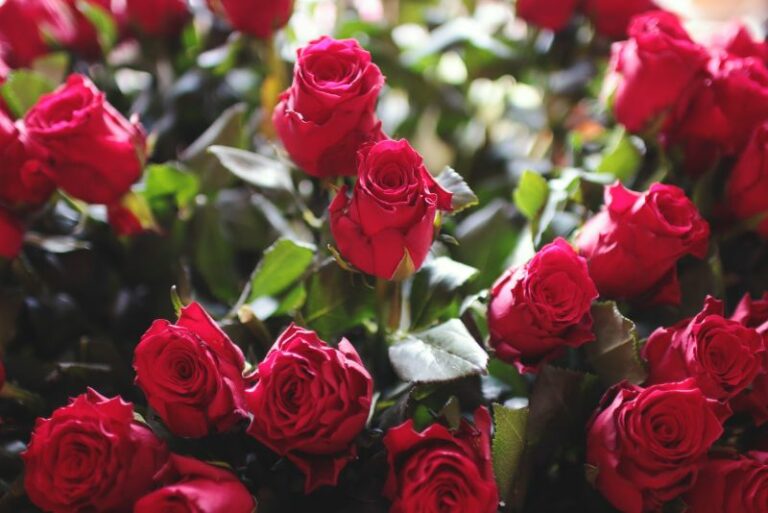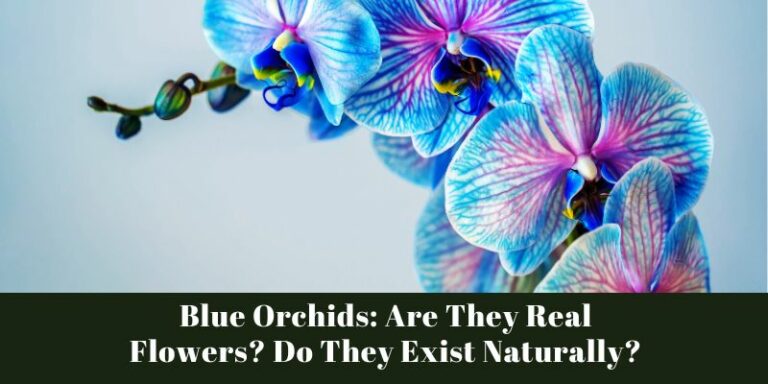Perennial Plants You Can Plant This August
As the sun begins to mellow, and the lazy daze of summer find themselves counted, there’s a window of opportunity that opens for gardening enthusiasts. August may signal the approach of autumn, but it’s also an ideal time to get perennial plants into the ground. Why? Because it sets them up for a flourishing start come spring. If you’re looking to enhance your garden’s beauty and contribute to a more sustainable environment, planting perennials this month ensures a colorful, water-efficient, and pollinator-friendly garden in the seasons to come. In this guide, we delve into the world of perennials you should be considering this August and the myriad benefits they can bring to your garden and beyond.
Benefits of Planting Perennial Plants in August
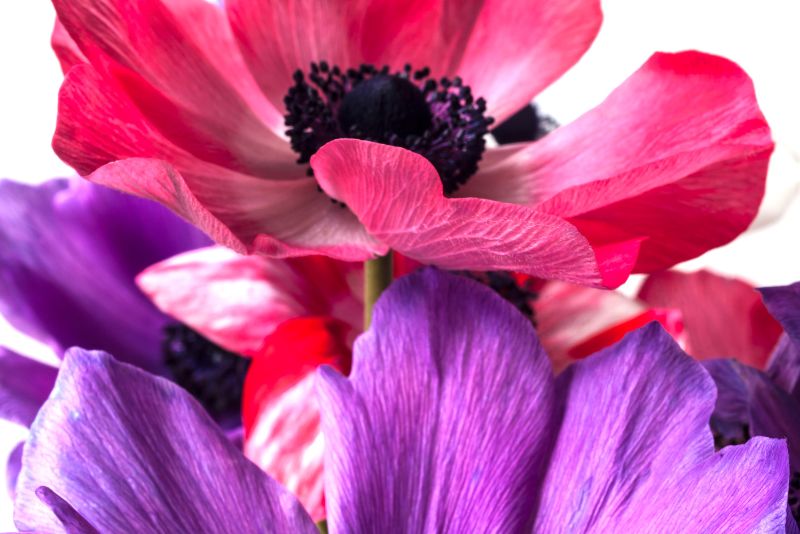
Requires Less Water
With the late-summer heat still lingering, watering new plants can be a daily chore. However, perennials planted in August need less water compared to those planted in spring or summer. The cooler evenings and typically more predictable rainfall can offer natural irrigation that supports initial root development without a constant gardener’s hand.
Establishes Roots Before Winter
A head start on root establishment is critical for perennial plants, as it allows them to build a robust foundation before the colder months arrive. A plant that has time to settle in can direct its energy into root growth, which in turn supports a healthier and more vigorous plant come spring.
Early Bloom in the Next Growing Season
By establishing themselves in the garden earlier, August-planted perennials have a better chance to show off their full potential in the next growing season. Having acclimated to the garden’s specific environmental conditions, you can sometimes expect blooms earlier than if you’d planted in the spring or later in the fall.
Top Perennial Plants for August Planting
Choosing the right perennials for your garden is crucial. Here’s a selection of plants suited for August planting that offer a spectrum of colors and benefits.
Black-Eyed Susan (Rudbeckia fulgida)
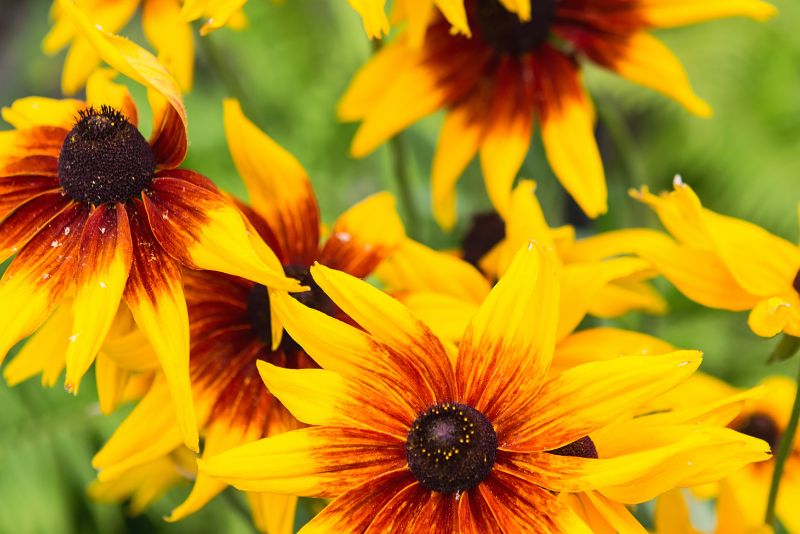
A classic, easy-to-grow perennial, Black-Eyed Susan brings bright, daisy-like flowers to the border. They thrive in full sun and well-drained soil, making them an excellent low-maintenance choice for any garden.
Lavender (Lavandula)
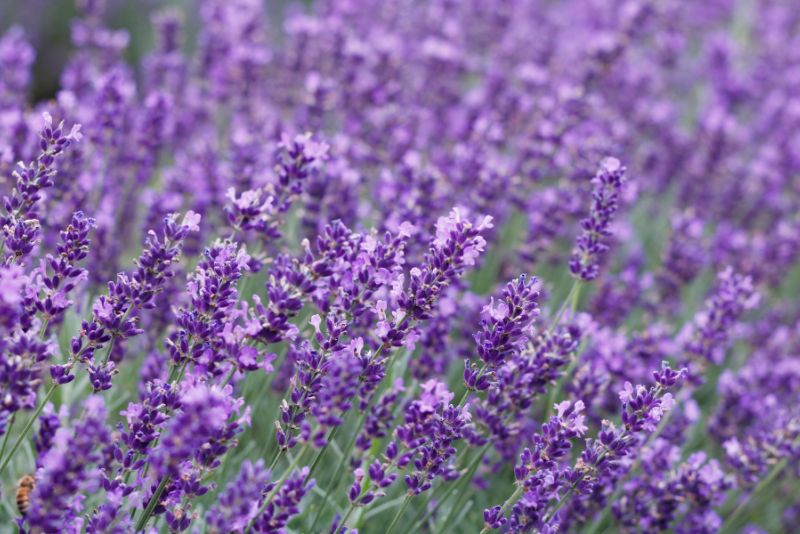
Lavender’s fragrant spikes of purple flowers not only look and smell wonderful, but they also attract pollinators like bees and butterflies. Plant them in a sunny spot with good air circulation to avoid the risk of mildew.
Coneflowers (Echinacea purpurea)
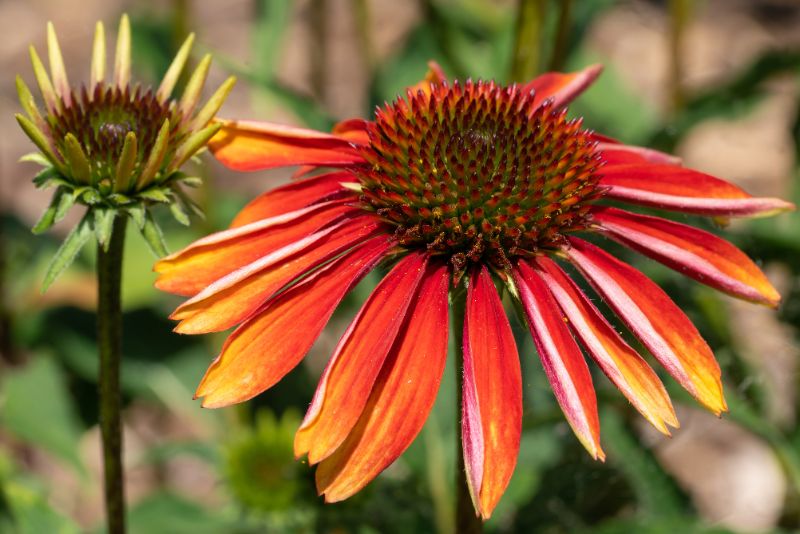
Coneflowers are a favorite for their showy blooms and their drought resistance. They come in a range of colors, offering a long season of nectar for pollinators. Plant them in groups for maximum effect.
Planting and Care Tips
To give your perennials the best chance at success, follow these tips for planting and care:
Soil Preparation
Before planting, make sure to amend the soil with organic matter to improve drainage and soil structure. The addition of compost or well-rotted manure can provide essential nutrients and promote microbial activity, which is beneficial for the plant’s root health.
Watering Schedule
Perennials need sufficient water to establish themselves, but overwatering can lead to root rot. A good practice is to water deeply after planting and then adjust the schedule based on the weather and soil conditions.
Sunlight Requirements
Pay close attention to the needs of the perennials you choose, particularly regarding sunlight. Most perennials thrive in full sun, but some, like hostas, prefer shade. Ensuring the right amount of sunlight will support their growth and flowering potential.
Environmental Benefits
The advantages of planting perennials extend beyond the aesthetic. They can significantly contribute to a healthier environment.
Sustainability
Perennials are champions of sustained growth, returning year after year without the need for replanting. This means less environmental impact from the gardening industry and a more stable landscape for local ecosystems.
Pollinator-Friendly Options
Many perennial plants are excellent sources of nectar and pollen, vital for supporting declining pollinator populations. By including them in your garden, you create a welcoming habitat for bees, butterflies, and other beneficial insects.
Environmental Contribution: In-Depth
Perennial plants are the unsung heroes of the garden, quietly working to bolster the health of our environment. Their deep, expansive root systems help prevent soil erosion, retain moisture, and improve soil structure and fertility over time. Moreover, their extended lifespan means they sequester more carbon than annual plants, making them a valuable ally in combating climate change.
Choosing pollinator-friendly perennials plays a significant role in supporting local biodiversity. These plants are not only beautiful but also vital food sources for insects, birds, and small mammals. In an increasingly urbanized world, the habitat and food sources we provide in our gardens can make a meaningful difference in preserving the diversity of the natural world.
When we talk about sustainable gardening, we’re talking about practices that can be maintained over the long term without depleting resources or causing harm to the environment. Perennial plants embody these principles, offering beauty, ecological benefits, and a regenerative quality that should be at the heart of any environmentally conscious garden.
Real-World Impact
Let’s take a moment to consider the real-world impact of a garden filled with perennials. A case study of a community garden may reveal a significant reduction in water usage and maintenance demands after transitioning to a perennial landscape. A homeowner may document the delight of discovering a diverse array of pollinators in their once barren garden, now bustling with life thanks to well-chosen perennials.
Municipal parks that have heavily invested in perennial beds may provide measurable data on the carbon sequestration benefits of their plantings. Such evidence is more than a feather in the cap of the gardening community; it’s a statement on the palpable difference we can make through our choices.
Finally, testimonials from local nurseries specializing in perennials might highlight the shift in consumer demand towards sustainable gardening practices. As the voices who supply our greenery, these nurseries understand the environmental impact their products can have and are often at the forefront of echoing the call for a greener approach to gardening.
Conclusion
As summer wanes, don’t let the opportunity to cultivate a beautiful, sustainable garden pass you by. By planting perennials this August, you’re sowing the seeds for a vibrant and thriving ecosystem. Your garden is more than just a patch of land—it’s a microcosm of the environment, and each perennial plant is a step toward creating a better world, one blossom at a time. Embrace the season, dig in, and watch your efforts bloom next spring and beyond.

